Blockchain for Good: Unleashing the Potential of Technology in the Charity Sector
Welcome to an exciting exploration of how distributed ledger technology (DLT), commonly known as blockchain, can revolutionize the charity sector. Whether you’re a tech-savvy individual or a novice, understanding the power of blockchain in the context of the charity sector has the potential to transform both your personal and professional life.
A Historical Overview of Blockchain-based Charity Platforms
The concept of blockchain originated in 2008, alongside the creation of the cryptocurrency Bitcoin. Blockchain technology, at its core, is a decentralized and transparent ledger system that records transactions across multiple computers. As its potential became recognized, experts started exploring its application in various sectors, including charity.
Blockchain-based charity platforms emerged as a response to the need for greater transparency and efficiency in the sector. These platforms leverage the immutability and transparency of blockchain to ensure donations are used for their intended purposes and to provide donors with a clear view of how their contributions are making a difference.
Over the years, blockchain-based charity platforms have evolved and scaled, becoming more accessible and user-friendly. Some milestones include the launch of projects like BitGive in 2013, which became the first Bitcoin 501(c)(3) nonprofit, and the emergence of platforms like AidCoin in 2017, which introduced tokenization of donations.
The Advantages and Disadvantages of Blockchain-based Charity Platforms
Blockchain technology offers several advantages for the charity sector. Firstly, it ensures transparency and accountability by allowing donors to track their donations throughout the entire process. This transparency reduces the risk of fraud and misallocation of funds, increasing donors’ trust.
Furthermore, blockchain streamlines the existing donation process, eliminating intermediaries and reducing transaction costs. Smart contracts, a key feature of blockchain technology, can automate the process of distributing funds to beneficiaries, ensuring efficiency and minimizing administrative overhead.
However, blockchain-based charity platforms also face challenges. One significant drawback is the complexity of the technology itself. Understanding and implementing blockchain requires technical expertise, making it challenging for smaller charities without access to resources or technical know-how.
Practical Applications and Real-World Examples
Blockchain technology has various practical applications in the charity sector beyond donation tracking. One such application is the verification and authentication of beneficiaries. By storing personal data securely on the blockchain, charities can ensure that aid reaches the intended individuals and minimize the risk of identity fraud.
Additionally, blockchain can facilitate peer-to-peer charity, enabling individuals to directly donate to causes they care about without the need for intermediaries. This disintermediation can speed up transactions and reduce costs, allowing donors to have a more significant impact on the causes they support.
Real-world examples of blockchain-based charity platforms include The Giving Block, which helps charities accept cryptocurrency donations, and Alice, a platform that enables transparent and traceable fundraising for non-governmental organizations (NGOs). These platforms have successfully leveraged blockchain technology to revolutionize the way charities receive and distribute funds.
The Future of Blockchain in the Charity Sector
The future of blockchain in the charity sector looks promising. As the technology continues to evolve, it is expected to solve existing challenges, such as scalability and energy consumption. This will make blockchain-based charity platforms more accessible, reliable, and sustainable.
Furthermore, the tokenization of assets and the rise of decentralized finance (DeFi) present new opportunities for charities to leverage blockchain. By tokenizing assets, charities can offer more diverse donation options, such as fractional ownership of impact projects.
Overall, the potential for blockchain in the charity sector is vast. It has the power to revolutionize how donations are made, tracked, and utilized, enabling a more transparent, efficient, and impactful ecosystem for charitable giving.
Frequently Asked Questions
Q: How can blockchain ensure transparency in the charity sector?
A: Blockchain allows for the transparent recording of transactions, making it easy for donors to track their donations and ensuring that funds are used for their intended purposes.
Q: What are the challenges of implementing blockchain in the charity sector?
A: The complexity of blockchain technology and the need for technical expertise pose challenges for smaller charities. Additionally, ensuring the privacy and security of personal data stored on the blockchain is a concern.
Q: How can blockchain improve the efficiency of donations?
A: Blockchain eliminates intermediaries, reducing transaction costs and administrative overhead. Smart contracts automate fund distribution, ensuring faster and more efficient donations.
Q: What are the future opportunities for blockchain in the charity sector?
A: The future of blockchain in the charity sector includes solving scalability and energy consumption challenges, tokenizing assets, and exploring decentralized finance for more diverse and impactful donation options.
Q: Are there any successful blockchain-based charity platforms?
A: Yes, platforms like The Giving Block and Alice have successfully leveraged blockchain technology to revolutionize the way charities receive and distribute funds, ensuring transparency and traceability.
Thank you for joining us on this exploration of how blockchain can unleash the potential of technology in the charity sector. We hope this article has inspired you to further explore the ways in which blockchain can drive positive change in the world. Feel free to share your thoughts and engage with the content in the comments below!
More in this category ...
Ripple companions with SBI Group and HashKey DX for XRPL answers in Japan
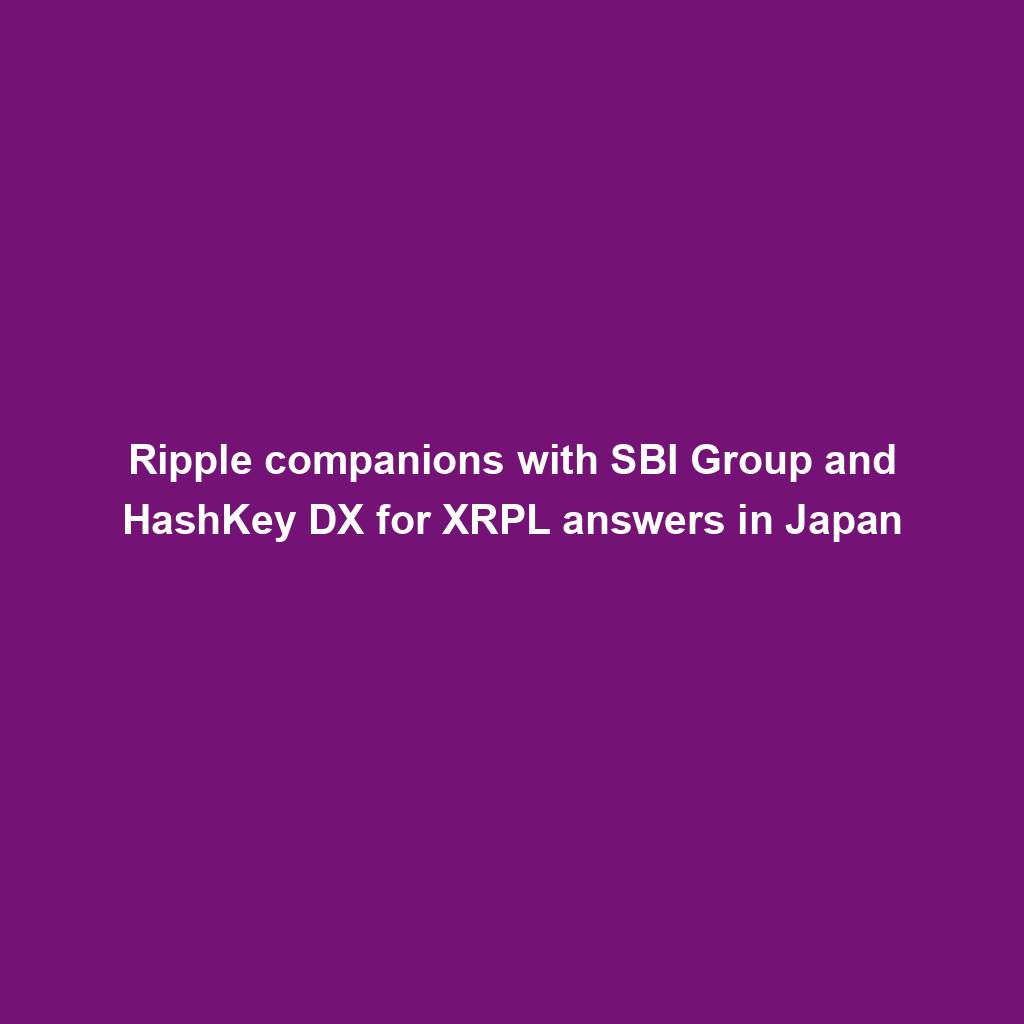
April sees $25M in exploits and scams, marking historic low ― Certik
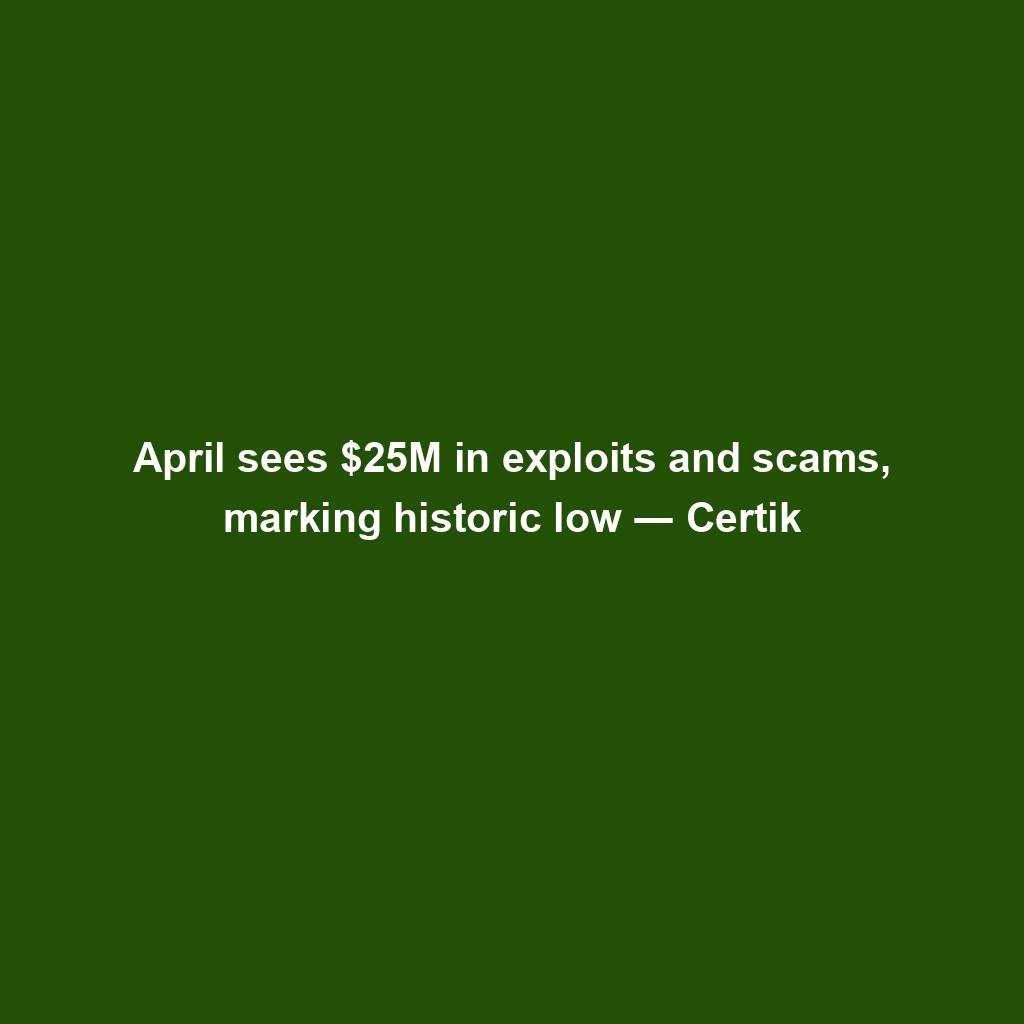
MSTR, COIN, RIOT and different crypto shares down as Bitcoin dips

EigenLayer publicizes token release and airdrop for the group
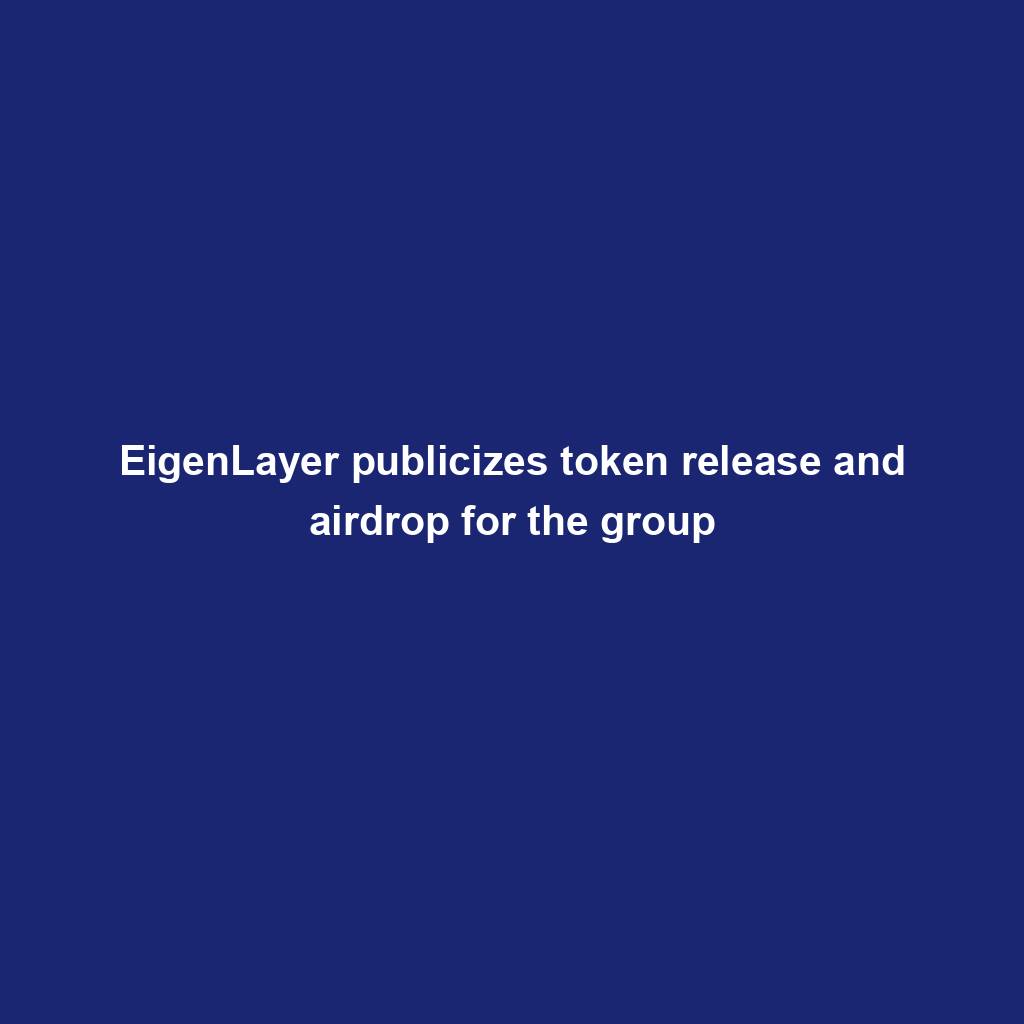
VeloxCon 2024: Innovation in knowledge control

Successful Beta Service release of SOMESING, ‘My Hand-Carry Studio Karaoke App’

Dogwifhat (WIF) large pump on Bybit after record reasons marketplace frenzy
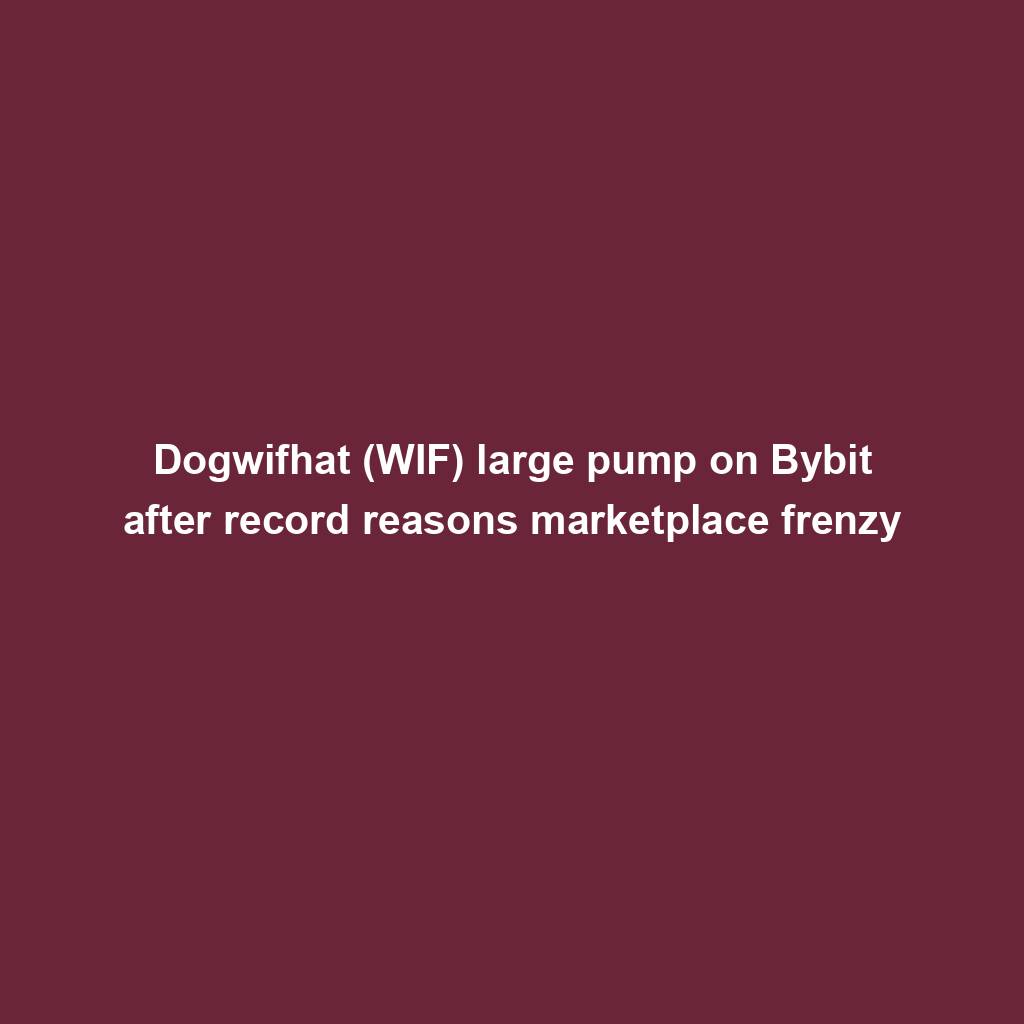
How fintech innovation is riding virtual transformation for communities around the globe
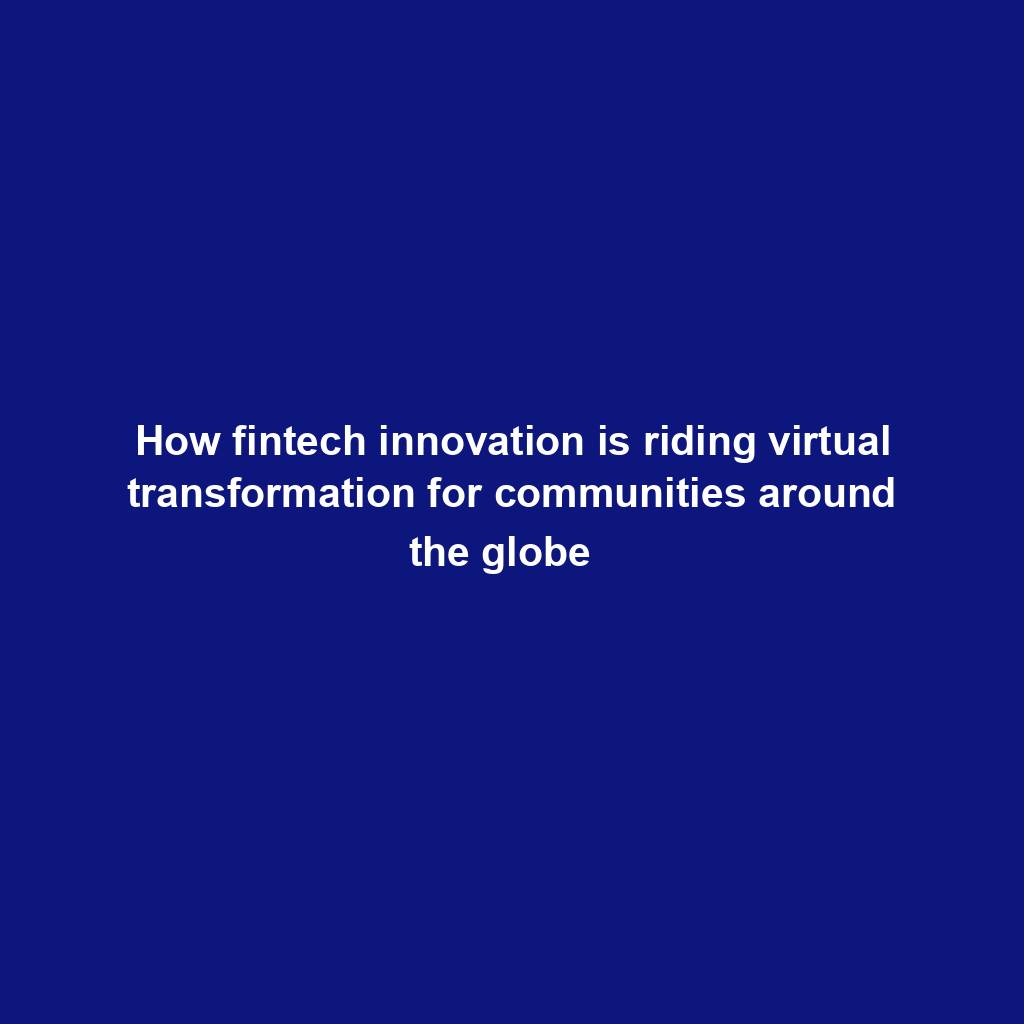
Wasabi Wallet developer bars U.S. customers amidst regulatory considerations
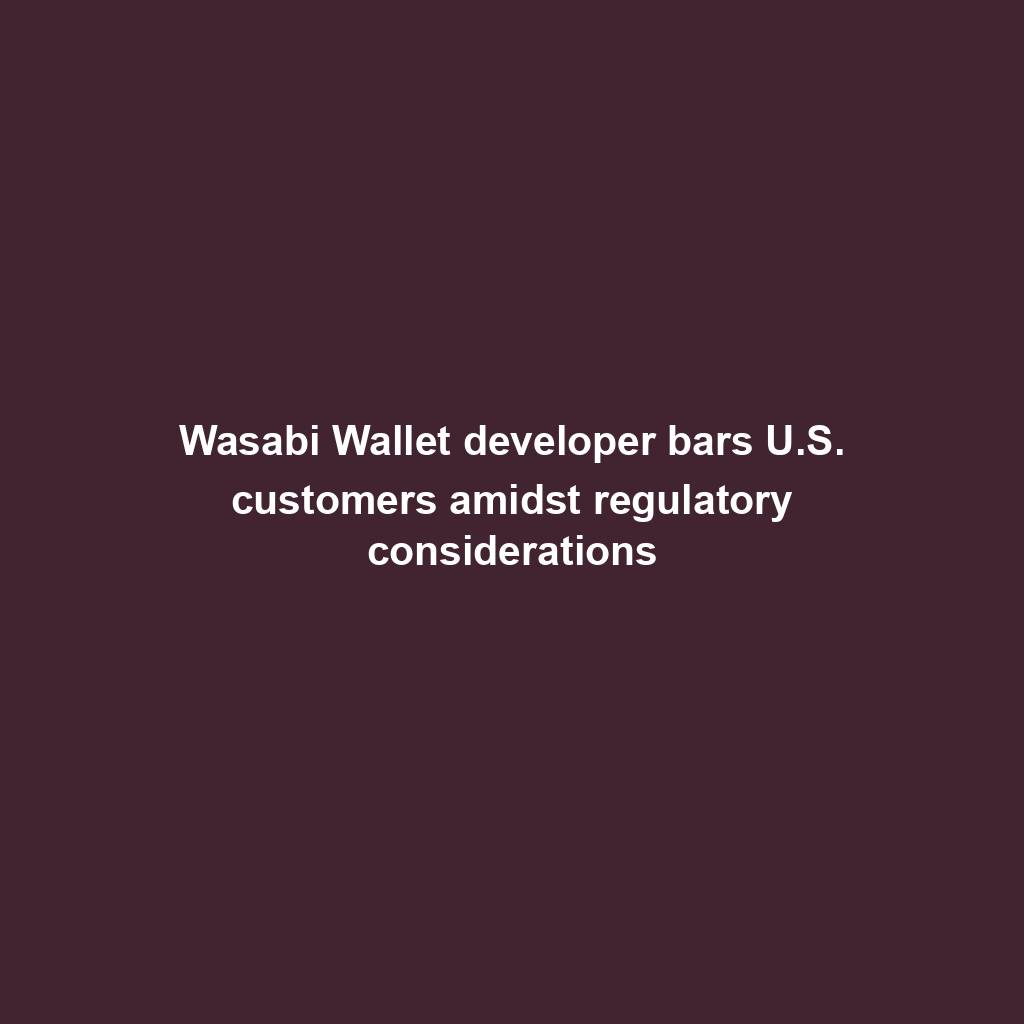
Analyst Foresees Peak In Late 2025

Solo Bitcoin miner wins the three.125 BTC lottery, fixing legitimate block

Ace Exchange Suspects Should Get 20-Year Prison Sentences: Prosecutors

Google Cloud's Web3 portal release sparks debate in crypto trade
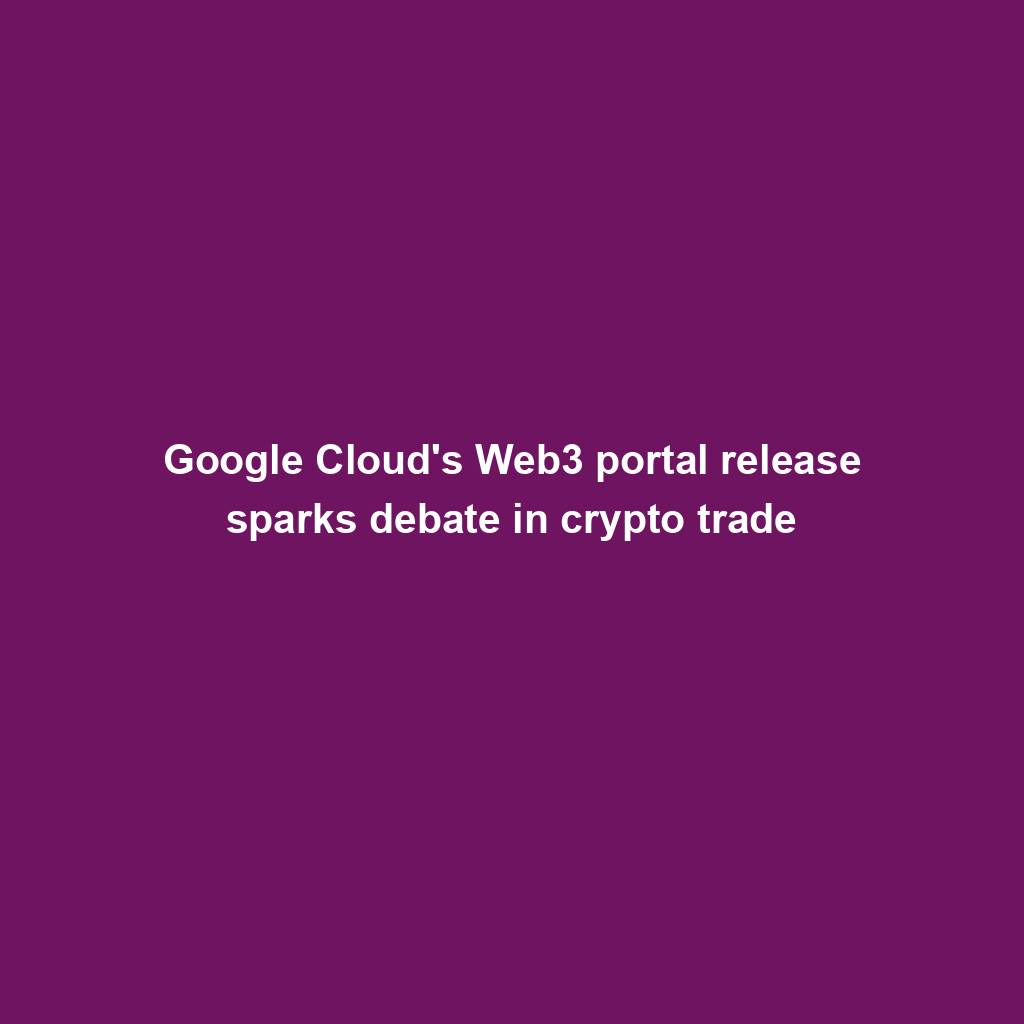
Bitcoin Primed For $77,000 Surge

Bitbot’s twelfth presale level nears its finish after elevating $2.87 million
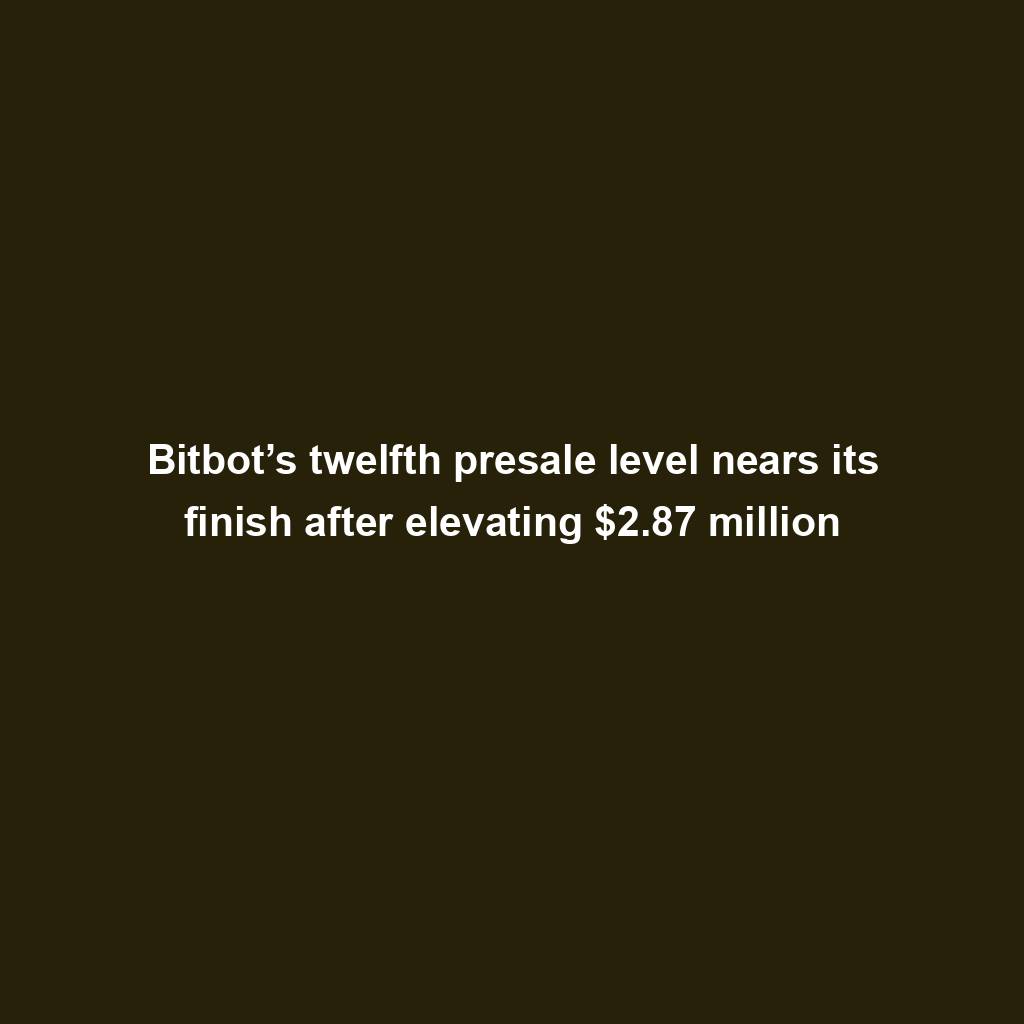
PANDA and MEW bullish momentum cool off: traders shift to new altcoin

Commerce technique: Ecommerce is useless, lengthy are living ecommerce

Republic First Bank closed by way of US regulators — crypto neighborhood reacts
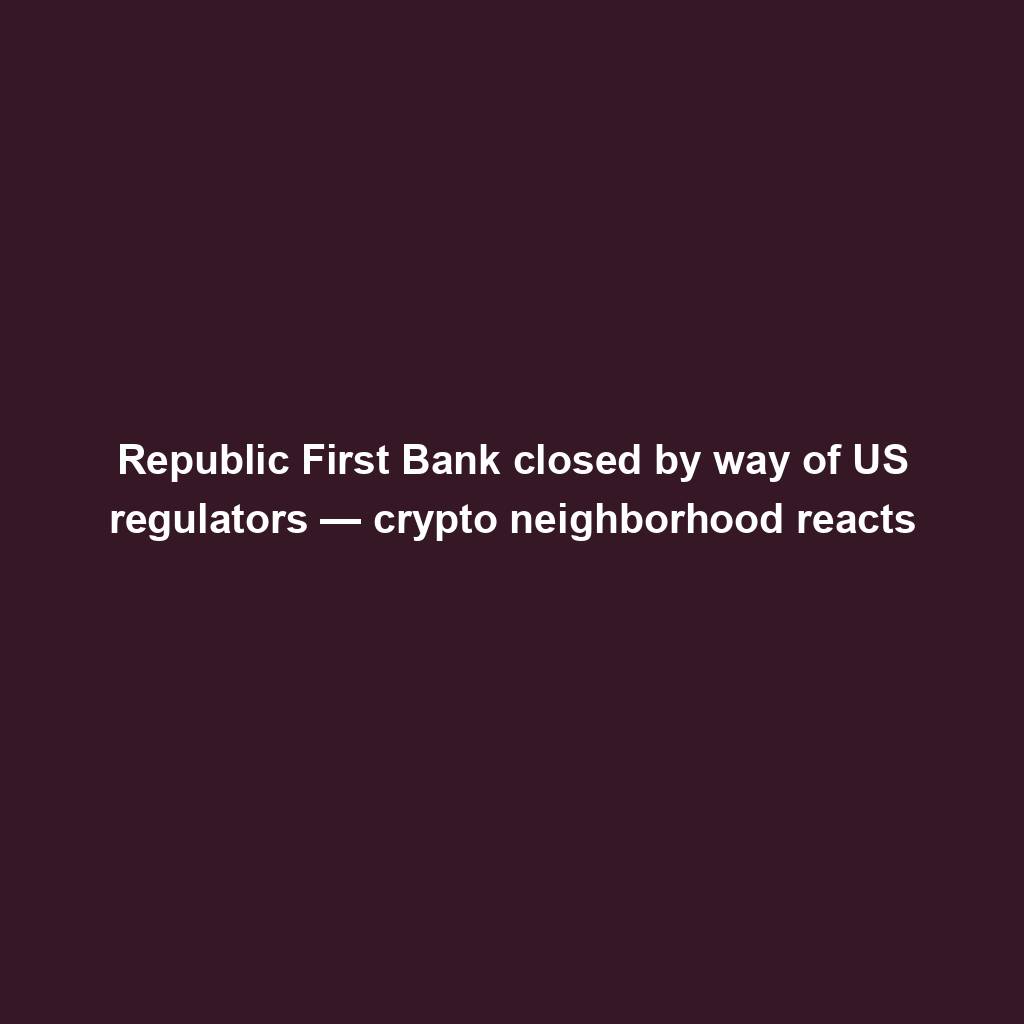
China’s former CBDC leader is beneath executive investigation

Bigger isn’t all the time higher: How hybrid Computational Intelligence development permits smaller language fashions
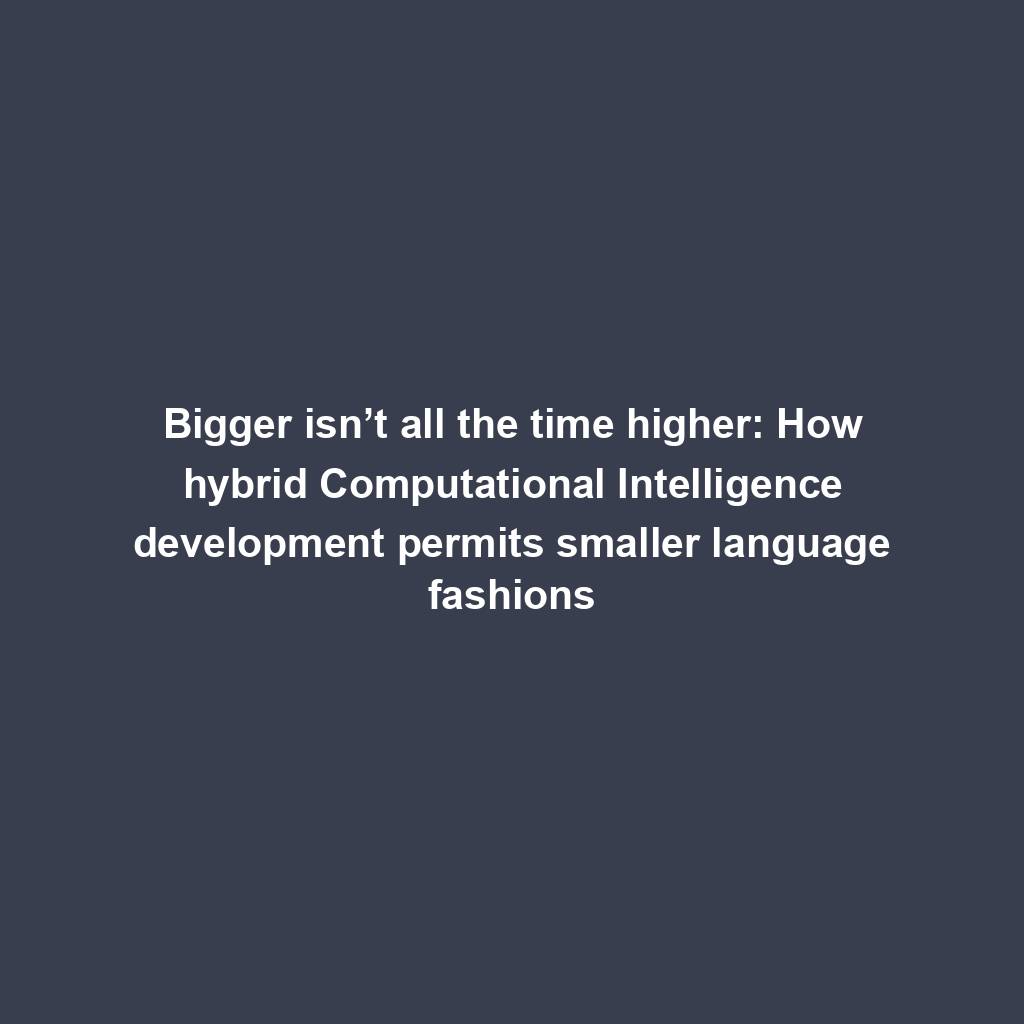
Pantera Capital buys extra Solana (SOL) from FTX
Successful Beta Service release of SOMESING, ‘My Hand-Carry Studio Karaoke App’

SEC sues Bitcoin miner Geosyn Mining for fraud; Bitbot presale nears $3M

Business procedure reengineering (BPR) examples

85% Of Altcoins In “Opportunity Zone,” Santiment Reveals
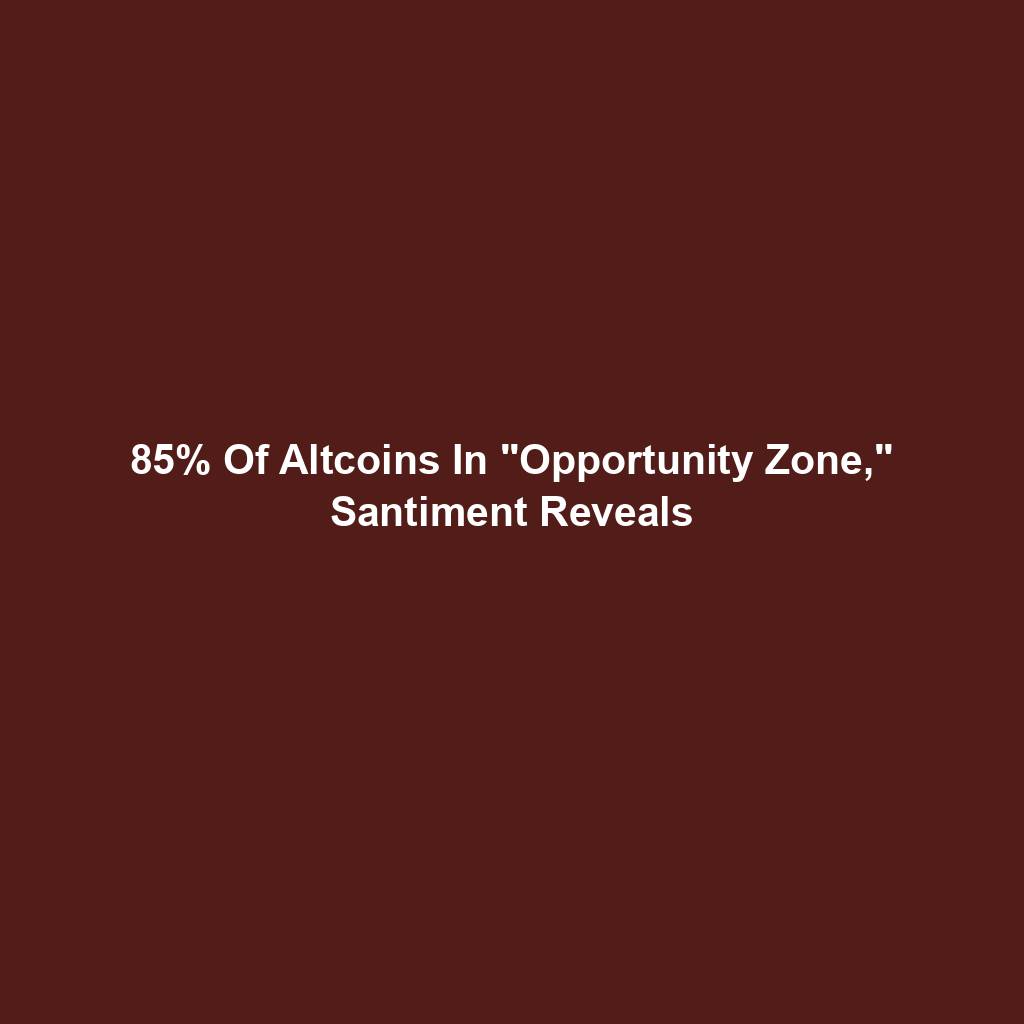
Sam Altman’s Worldcoin eyeing PayPal and OpenAI partnerships
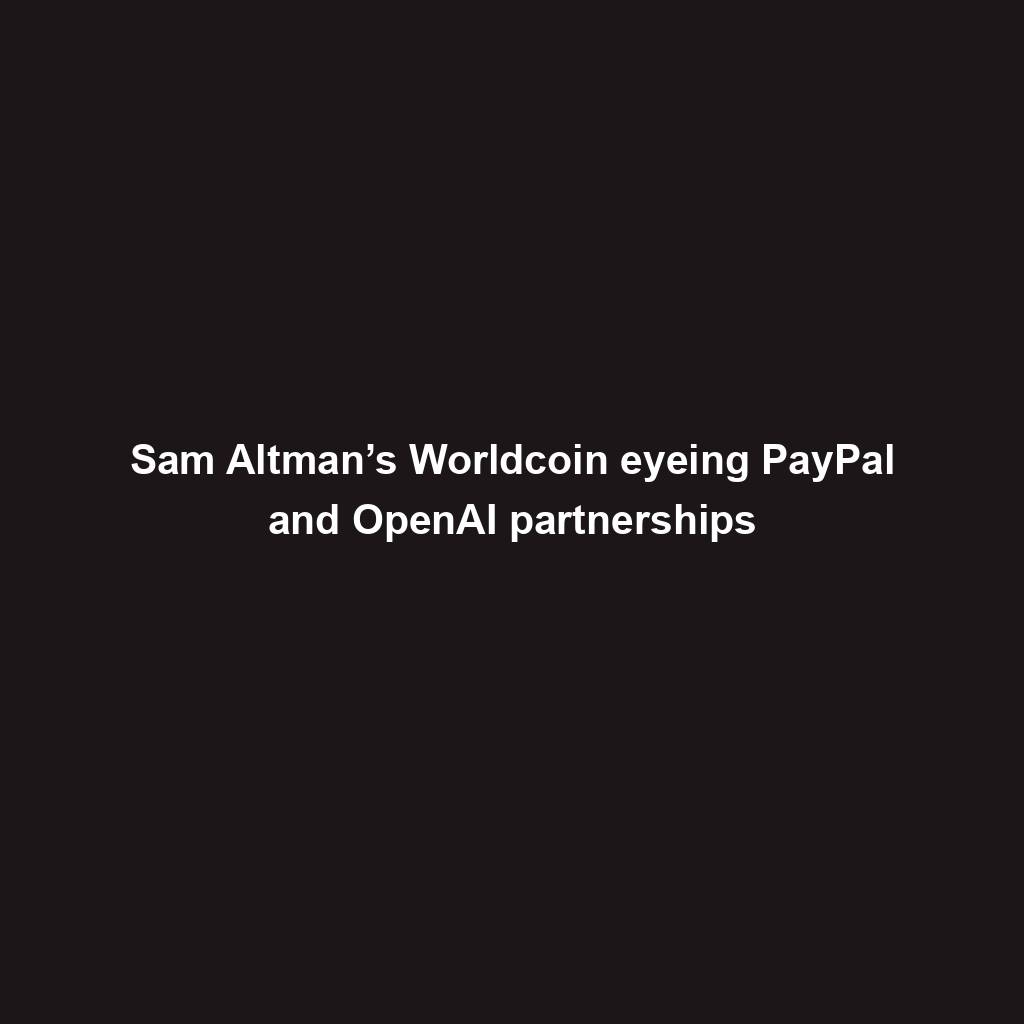
Artificial Intelligence transforms the IT strengthen enjoy
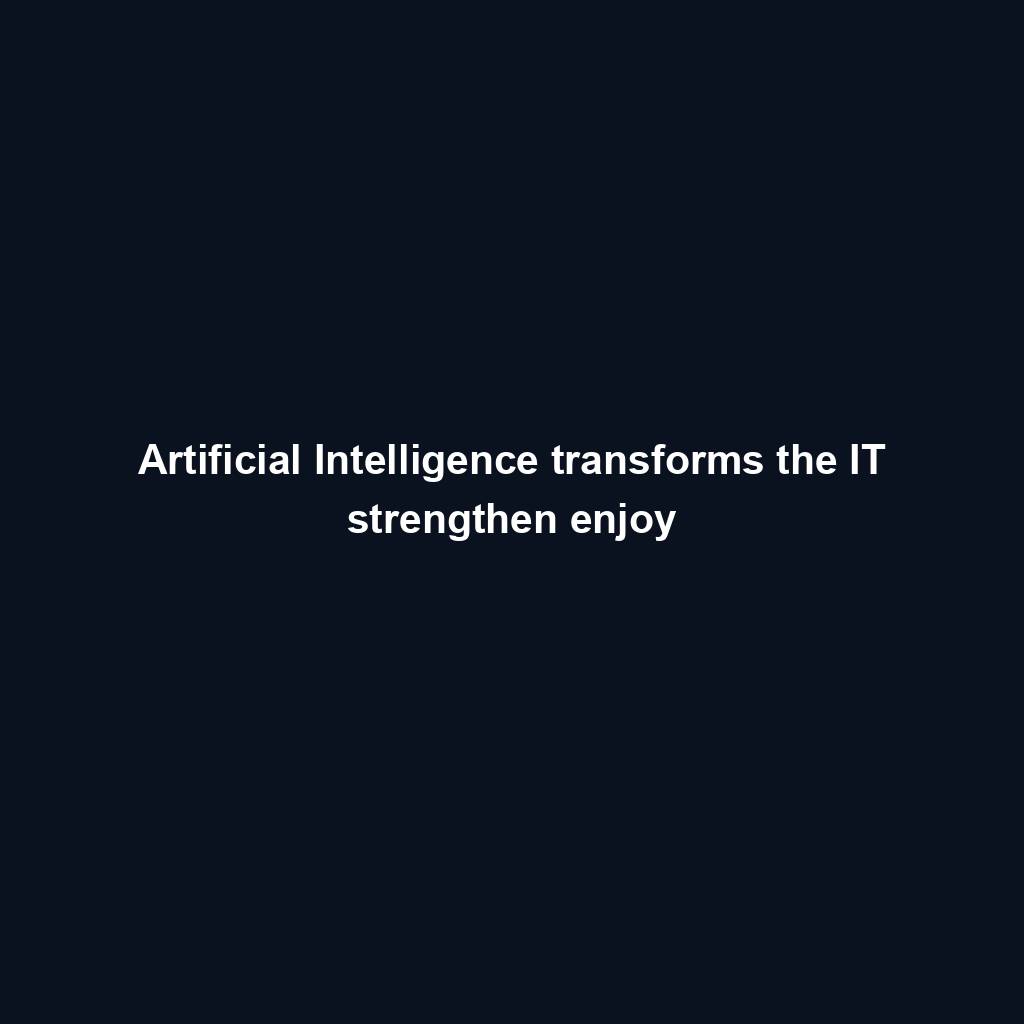
Franklin Templeton tokenizes $380M fund on Polygon and Stellar for P2P transfers

Meta’s letting Xbox, Lenovo, and Asus construct new Quest metaverse {hardware}
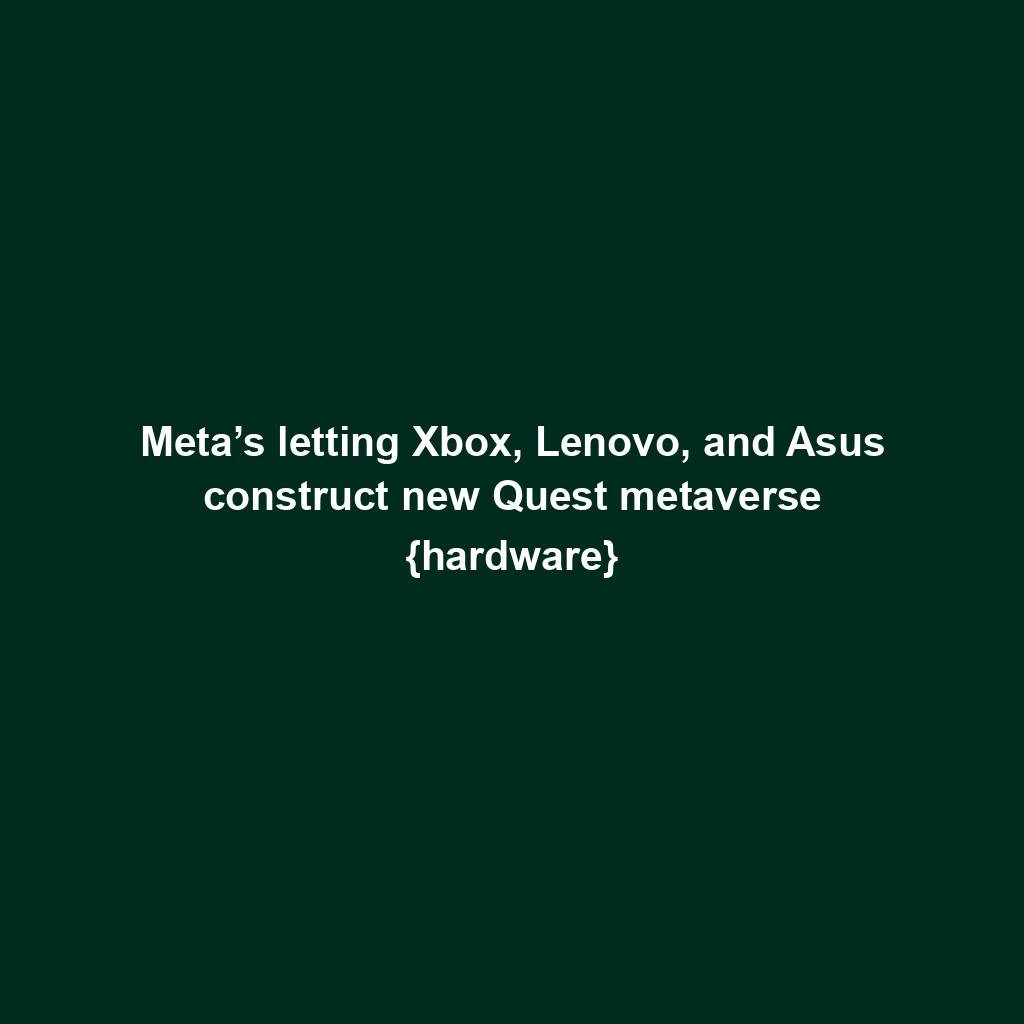
Shiba Inu (SHIB) unveils bold Shibarium plans as Kangamoon steals the display
